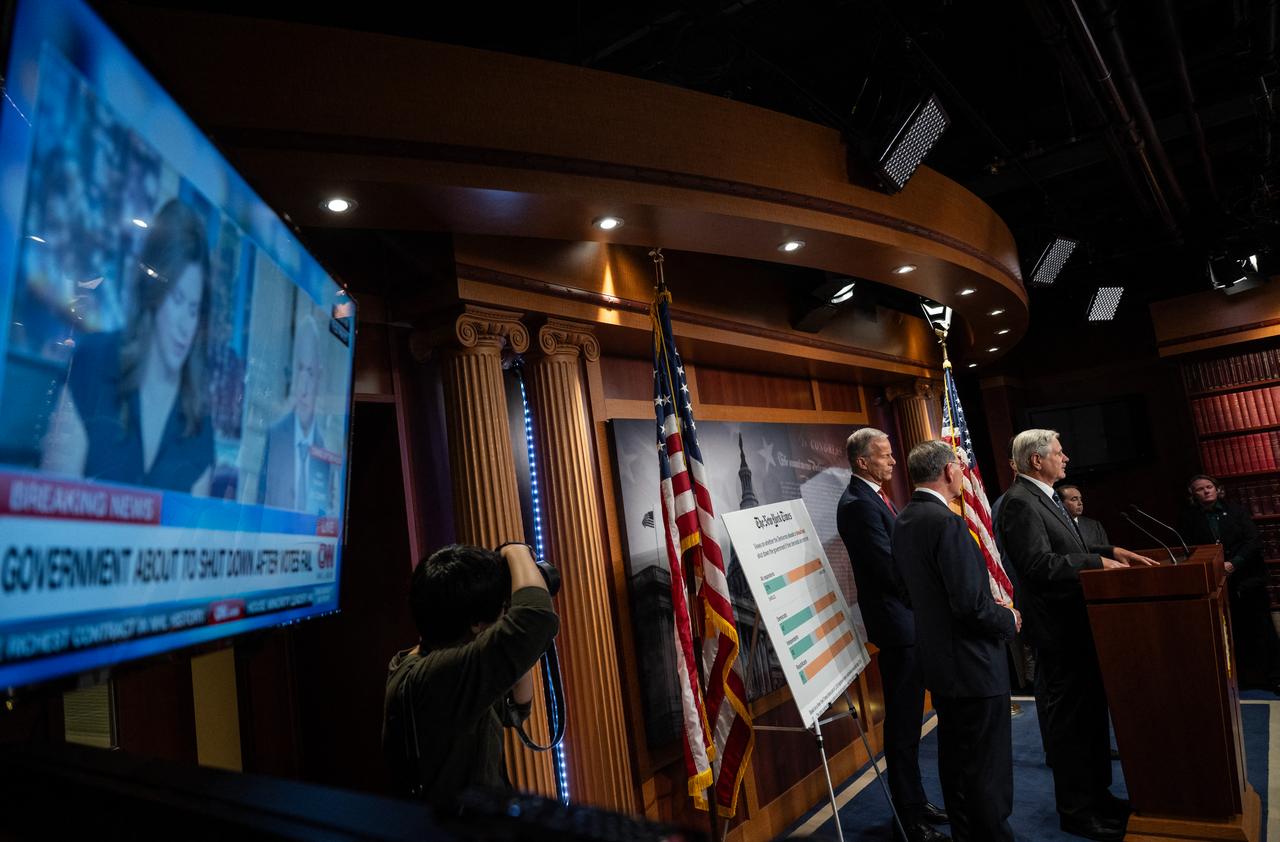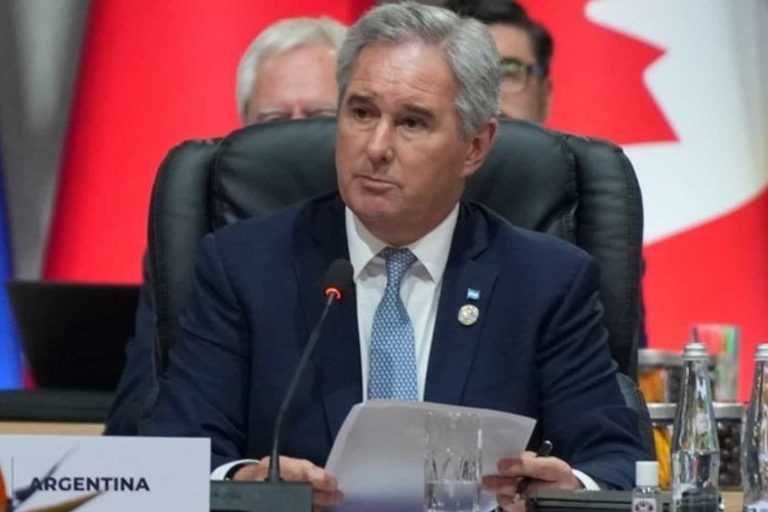
None
The United States government entered a shutdown at 12:01 a.m. Wednesday (0401 GMT) after the Senate failed to approve a last-minute funding bill, following bitter partisan clashes over healthcare spending.
The impasse, the first shutdown since the record-breaking 35-day halt nearly seven years ago, threatens to furlough up to 750,000 federal workers daily without pay and disrupt vital services across multiple government agencies. Essential operations, including the military, Postal Service, Social Security, and food stamps, will continue.
Partisan Blame Game
The deadlock immediately triggered a fierce exchange of blame.
President Donald Trump, now in his second term, accused Democrats of holding the budget hostage and warned that the shutdown could be used to cut programs favored by progressives.
“So we’d be laying off a lot of people that are going to be very affected. And they’re Democrats, they’re going to be Democrats,” Trump said from the Oval Office, adding that “a lot of good can come from shutdowns.”
Democrats, however, squarely blamed Republicans for refusing to protect healthcare funding. Senate Majority Leader Chuck Schumer posted a midnight video of a clock striking 12 over the U.S. Capitol, captioned: “The Republican shutdown has just begun because Republicans wouldn’t protect America’s healthcare. We will keep fighting for the American people.”
Former Vice President Kamala Harris also weighed in, writing on social media: “Republicans control the White House and both chambers of Congress. This is their shutdown.”
The Sticking Point: Healthcare
At the heart of the standoff is the Democrats’ demand for the restoration of billions of dollars in healthcare funding, including subsidies under the Affordable Care Act (Obamacare) for low-income households — cuts the Trump administration has signaled it intends to enforce.
Republicans, who hold a Senate majority but not the 60 votes required to pass spending bills, proposed a temporary extension of government funding until late November. Democrats rejected the plan, insisting that healthcare protections be restored before approving any stop-gap measures.
Mounting Fallout
The shutdown will immediately affect programs such as WIC nutrition assistance for mothers and children, veteran healthcare services, FEMA disaster funding, and salaries for soldiers, TSA officers, and other federal employees, House Speaker Mike Johnson warned in a late-night post.
Meanwhile, federal workers — already rattled by mass layoffs linked to Elon Musk’s Department of Government Efficiency earlier this year — face renewed uncertainty, with Trump threatening broader job cuts as part of the shutdown strategy.
Historic Pattern, Uncertain Future
Since 1976, the U.S. government has shut down 21 times, most lasting only days. The current halt, however, has raised fears of a protracted standoff, echoing the bruising 2018–2019 shutdown that dragged on for 35 days amid Trump’s demand for border wall funding.
As both parties dig in, the duration of this latest shutdown remains unclear — but its consequences for American workers, families, and the broader economy are already beginning to unfold.



